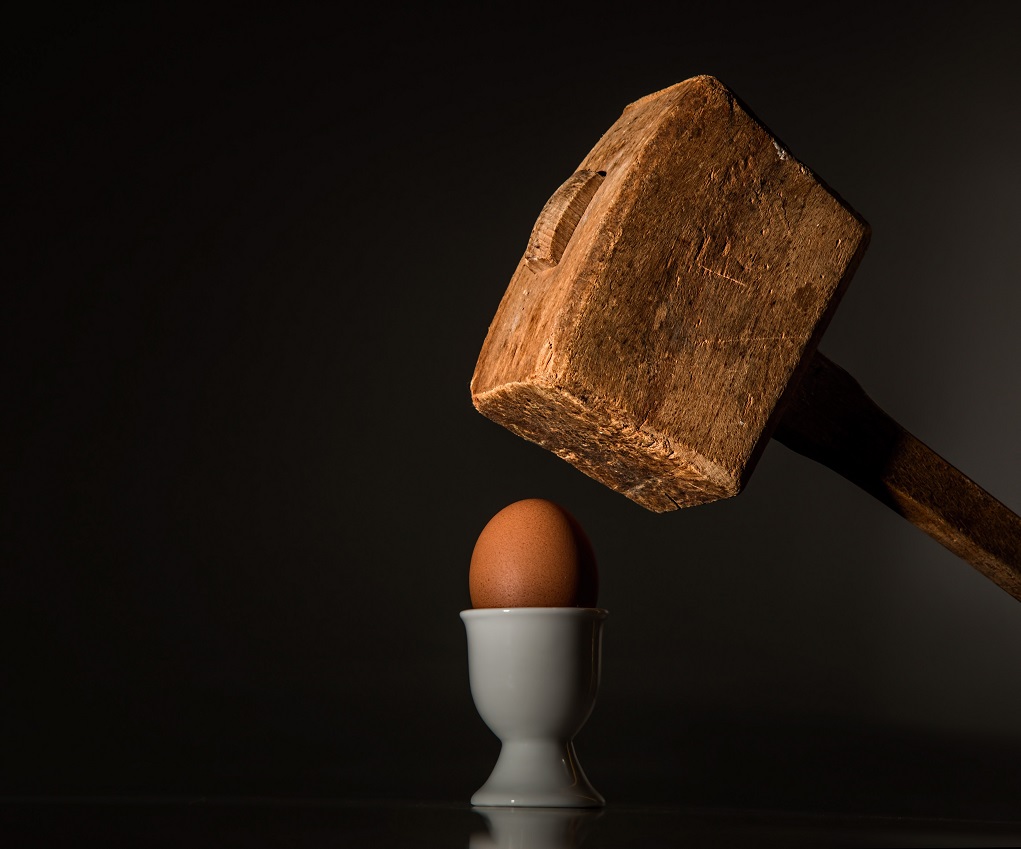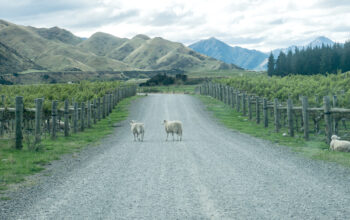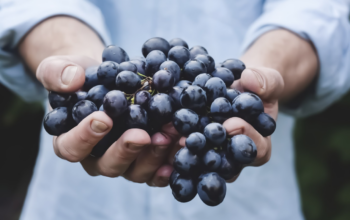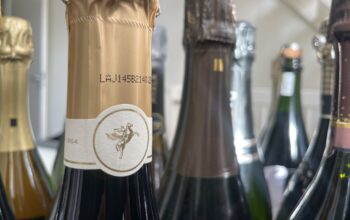Why records at wine auctions keep getting broken. - TEXT MILAN VELD | IMAGE PEXELS.COM
Under the hammer
It is a warm Sunday afternoon in mid-September. A few latecomers are just finding their seats in the auction room as the auctioneer begins bidding on the first lot. 'Wonderful wine,' he says. 'Thirty thousand has already been bid with me in writing.' And so it begins, the amounts rising rapidly: €32,000, 35,000, 40,000. Suddenly the bidding stops on the 1996 Domaine de La Romanée-Conti assorted box. The room is silent. Someone on the phone offers €45,000. 'Why not,' laughs the auctioneer. And the figures rise further. At €46,000, when the auctioneer gives a 'fair warning', a caller raises his bid to €47,000. A second later, a counter bid closes the sale at €47,500, and applause ripples through the room. With
premium pays the buyer a total of €57,000, making this the most expensive assortment box from 1996 ever bought at auction and thus also the most expensive lot at auction. What is remarkable about this sale, however, is not just the record figure. It is that such amounts paid for rare wines have become almost commonplace.
Factors boosting record wine sales
This is largely the result of a confluence of forces. An eager and growing field of wine collectors around the world, for example, as well as strong international economic growth, which increases competition at auctions for rare wines. Global auction houses encourage bidding with carefully calculated valuations and, thanks to built-in
ability of their experienced teams of experts to pinpoint the very best wines in the world every time.
Curious about the whole article? You can read it in the latest Winelife Magazine 73. Order this one here!
Don't want to miss a single edition? Subscribe then subscribe to Winelife Magazine now!
Want to stay up to date with the best articles? Follow Winelife magazine on Instagram, Facebook and sign up for our fortnightly newsletter.




